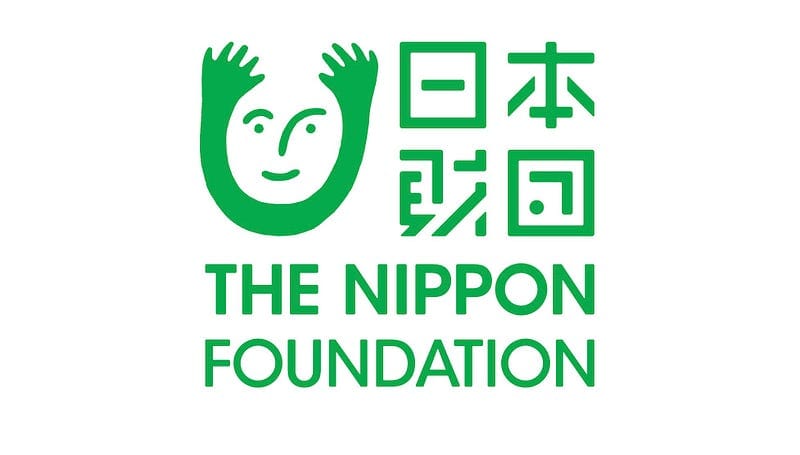Yohei Sasakawa, Chairman of The Nippon Foundation, recently shared his reflections on visiting Bhasan Char, the controversial relocation site for Rohingya refugees in Bangladesh. His blog paints a picture of humanitarian commitment and optimism. However, several aspects of his post demand closer scrutiny for their oversimplification and lack of critical engagement with the realities faced by the refugees.
Framing Relocation as a “Solution”:
Sasakawa lauds the relocation of refugees to Bhasan Char as a way to ease pressures on the overcrowded Cox’s Bazar camps. Yet, he fails to critically address concerns raised by human rights groups and the UN about the island’s isolation, vulnerability to climate risks, and the lack of freedom of movement and livelihoods for its residents. By presenting the program as a success, his narrative sidesteps the voices of refugees who report being coerced into relocation and experiencing restricted access to resources, education, and justice.
Focus on Birth Rates Over Rights:
Sasakawa’s emphasis on the “high birthrate” of the displaced community comes across as a problematic framing that shifts focus from systemic issues — such as the lack of durable solutions for repatriation or integration — to blaming population growth for tensions with host communities. This narrative risks perpetuating harmful stereotypes and undermines the agency of the refugees.
Skills Training as a Panacea:
The blog highlights skills training as a pathway to self-sufficiency and eventual reintegration into Myanmar. While such programs are undoubtedly valuable, they are insufficient without guarantees of jobs on Bhasan Char and eventually safety, citizenship, and political rights for the Rohingya upon their return. This omission reduces complex issues of statelessness and persecution to a simplistic, technical fix.
Applauding Infrastructure Without Critique:
Sasakawa praises the Bangladeshi government for constructing embankments, housing, and facilities on Bhasan Char but fails to acknowledge the opaque processes and limited international oversight that have marred the project. He also neglects to address the stories of people attempting to escape, some drowning or being arrested in the process, as well as the tragic drownings of children in the ponds within the residential clusters. A more balanced account would have critically engaged with both the achievements and the controversies surrounding the island’s development.
Sasakawa’s post reads more as an exercise in public relations than as a thoughtful reflection on the plight of Rohingya refugees. While his foundation’s contributions to humanitarian aid are commendable, it is imperative to hold such narratives accountable to the voices and lived experiences of the very people they aim to serve.
For those interested, you can read Sasakawa’s original post here.

